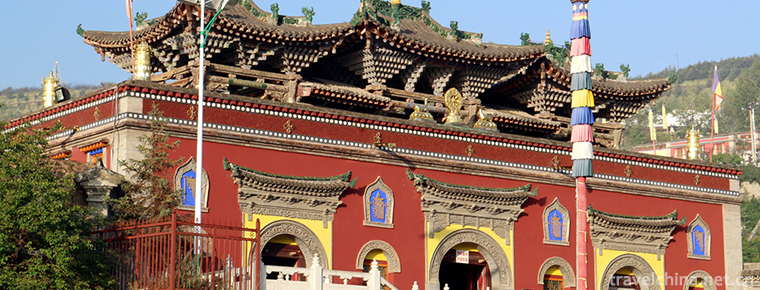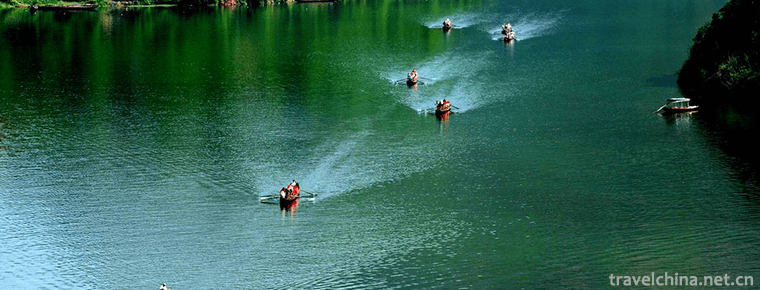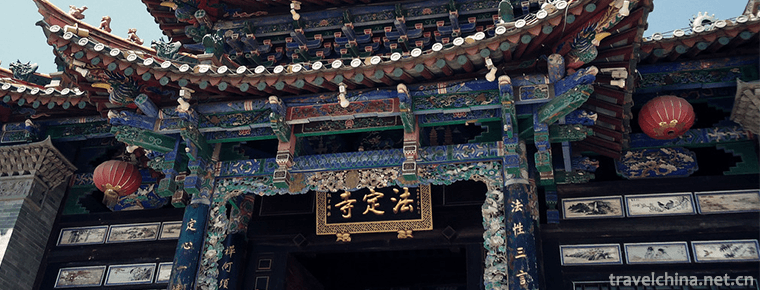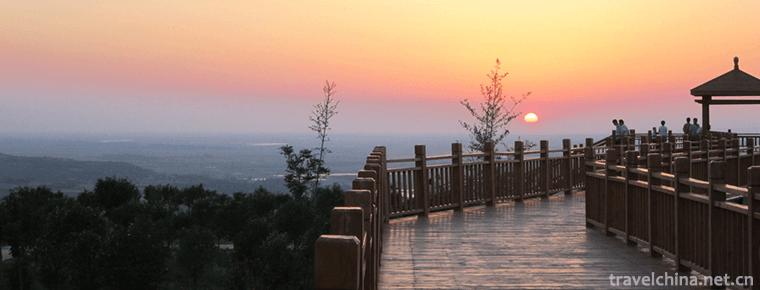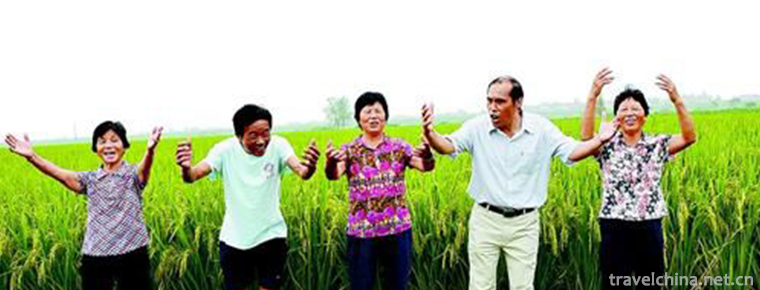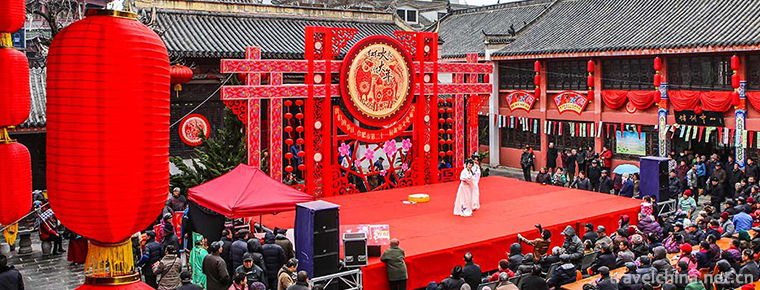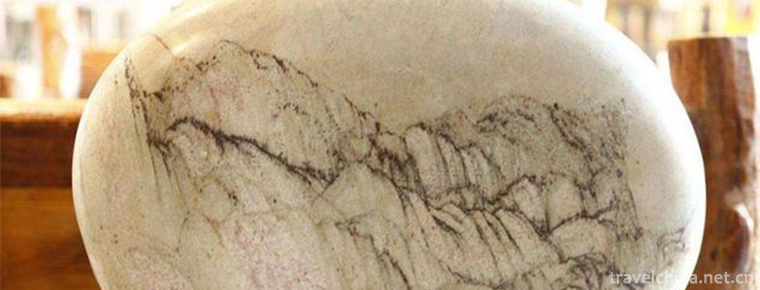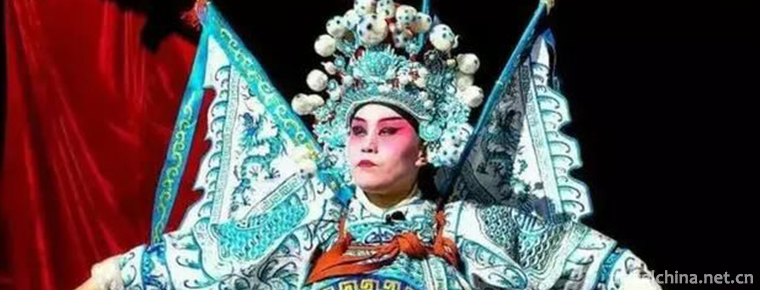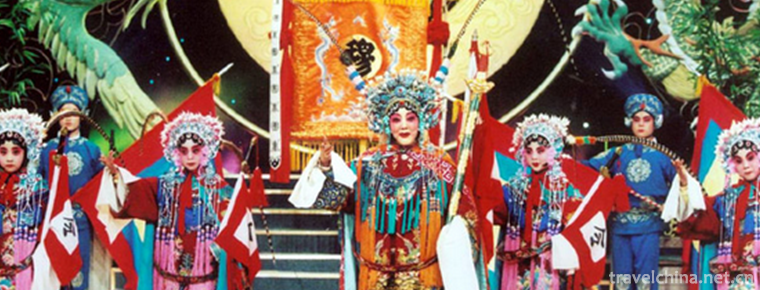Five city tea driedWucheng Dried Tea
Wucheng Dried Tea, a specialty of Xiuning County, Anhui Province, is a national geographical indication product.
Wucheng Tea is a delicious food for both old and young people. It is dry and salty, pure and delicious, flexible and mellow, and rich in nutrition.
In March 2010, Wucheng Tea Dry was awarded the title of National Geographic Indications Protection Product.
Wucheng tea is red-brown in dry color, uniform in color, with oil moistening taste, moderate salty and sweet taste, strong aroma, fine texture, continuous folding, soft, strong and elastic. The dried tea is refined from more than ten natural materials such as high quality soybean and licorice. And the color of sauce red, chewing long, lasting aftertaste, toughness, folding and other characteristics. In addition to rich vegetable protein, it also contains 18 kinds of amino acids needed by human body, as well as more than ten trace elements such as calcium, magnesium, molybdenum, manganese, selenium, strontium and copper.
Wucheng Tea Dry, a traditional specialty of Huizhou, was founded in the late Southern Song Dynasty during the period of Lizong. Its technology matured in the Yuan Dynasty and flourished in the Qing Dynasty.
Xiuning County is located in the mountainous area of southern Anhui Province. It has a subtropical monsoon climate with distinct seasons and abundant rainfall. The average annual temperature is 15.5-16.4 C, and the precipitation is between 1400-1700 mm. Ratshui and Hengjiang valleys present the lower terrain Hetao Plain, and the river system in the territory belongs to Qiantang River and Yangtze River valleys. There are 237 large and small rivers in the territory, which merge into Xin'an River, Suijiang River, Qujiang River and Yanjiang River. The total length of the river is about 910 kilometers, the flow of the river is 2.242 billion cubic meters, and the theoretical reserves of water resources are 154 million kilowatts. The main river rate water and Hengjiang River run across the whole territory from west to East in the South and north of the county boundary respectively. The total area of the river basin is 1947 square kilometers, which is suitable for legume cultivation.
By the end of 2017, there were nearly 80 tea dried processing households in Wucheng County, about 290 people engaged in tofu dried processing, and about 15,000 Jin of soybeans were processed every day. The output of tea dried in this village accounted for 80% of the whole town and more than 60% of the whole city. A large number of tea dried products were exported to Jiangsu, Zhejiang, Shanghai, Hefei and Wuhu.
In March 2010, Wucheng Tea Dry was awarded the title of National Geographic Indications Protection Product.









-
Taer Temple Scenic Area Xining City
Tar Temple, also known as Tar Temple, was founded in the 10th year of Hongwu Ming Dynasty (1377). Named after the Great Silver Pagoda built in memory of Zongkaba, the founder of the Yellow Religion.
Views: 124 Time 2018-12-12 -
Sanyoudong Scenic Area
The Three Tours Cave Scenic Area is located outside Xiling Gorge, about 10 kilometers away from Yichang. There are two allusions to the name of Sanyou Cave. The Tang poets Bai Juyi, Bai Xingjian.
Views: 136 Time 2018-12-19 -
Ancient town of Guandu
Guandu Town, located in the Southeastern Suburb of Kunming, is one of the famous historical and cultural ancient towns in Kunming. Guandu ancient town gate (big archway) is located in the southeastern.
Views: 137 Time 2019-01-13 -
Tongguan Yellow River Scenic Area
Tongguan Yellow River Scenic Spot is located at the famous ancient military pass-Tongguan ancient city, 140 kilometers away from Xi'an, only 20 kilometers away from Huashan.
Views: 80 Time 2019-02-22 -
Run Dong luo dongdong
"Lolola is a local traditional folk music in Hubei Province. It belongs to the first provincial intangible cultural heritage in Hubei Province. Jianli belongs to the Chu area of Jianghan since an.
Views: 296 Time 2019-05-15 -
temple fair
Temple fair, also known as "temple market" or "festival venue". It is a Chinese folk religion and the custom of the age. It is usually held on the Lunar New Year, the Lantern Festi.
Views: 214 Time 2019-06-05 -
Running curtain
Running curtain originated in the Spring and Autumn Period and Warring States Period, formed in the Qin and Han Dynasties, flourished in the Song, Yuan, Ming, Qing Dynasty and the early Republic of Ch.
Views: 332 Time 2019-06-09 -
Stone Appreciation Art
In the form of both pictures and texts, Stone Appreciation Art popularizes the knowledge of Stone Appreciation Art to readers, especially young readers..
Views: 142 Time 2019-06-13 -
Shiwan Ceramic Sculpture Technology
Shiwan pottery sculpture has a long history. It first appeared in the Eastern Han Dynasty. It reached its peak in the Song Dynasty. After the founding of New China, the manufacturing level and artisti.
Views: 135 Time 2019-06-15 -
Tongzhou Bangzi
Tongzhou Bangzi originated in more than ten counties of Dali (Gutongzhou) Center in the east of Guanzhong, Shaanxi Province. Accompanied instruments, besides drum beating, are also named for their str.
Views: 92 Time 2019-06-21 -
Henan Opera
Henan Opera, originating in the Central Plains (Henan), is one of the five major Chinese operas and the largest local opera in China. Contemporary Henan Opera has followed Henan Satellite TV, Henan He.
Views: 222 Time 2019-07-16 -
Tianshi cave
Tianshi cave, also known as Chang Taoist temple, is the most important Taoist temple in Qingcheng Mountain. In 1983, it was designated as the national key Taoist temple by the State Council. In addition, there are four palaces in Qingcheng Mountain: Jianfu palace, Yuanming palace, Yuqing palace and Shangqing palace..
Views: 321 Time 2020-11-08
